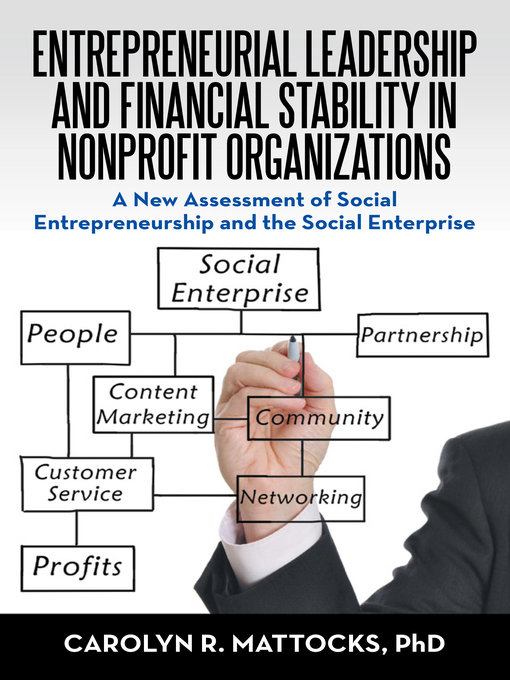Faced with significant budget reductions, nonprofit organizations have moved beyond being one-dimensional entities that rely only on grants.
Now, they attract social entrepreneurs who are determined to establish relationships before raising money—something that the late Dr. J. Gregory Dees, foresaw the need for in 1998 when he wrote about a hybrid structure that was enabling nonprofit organizations to generate additional income.
Ultimately, Dees concluded that the hybrid structure with a social enterprise component would slow the mission of the nonprofit organization, leaving the social entrepreneur to think about how to create innovative strategies within social entrepreneurship.
This book uses a case study focusing on the nonprofit organization, Rising Tide Capital, by expanding the scope of Dr. Dees' research through an assessment of the meaning of social entrepreneurship, social enterprises, and financial stability.
It also identifies financial stability through two processes of replication: replicable models through strategic partnerships and the mini-franchise of direct selling.
Plot a path to bolster financial stability, think creatively about generating cash flow, and find alternative sources of funding with this guide to operating a successful nonprofit organization.
